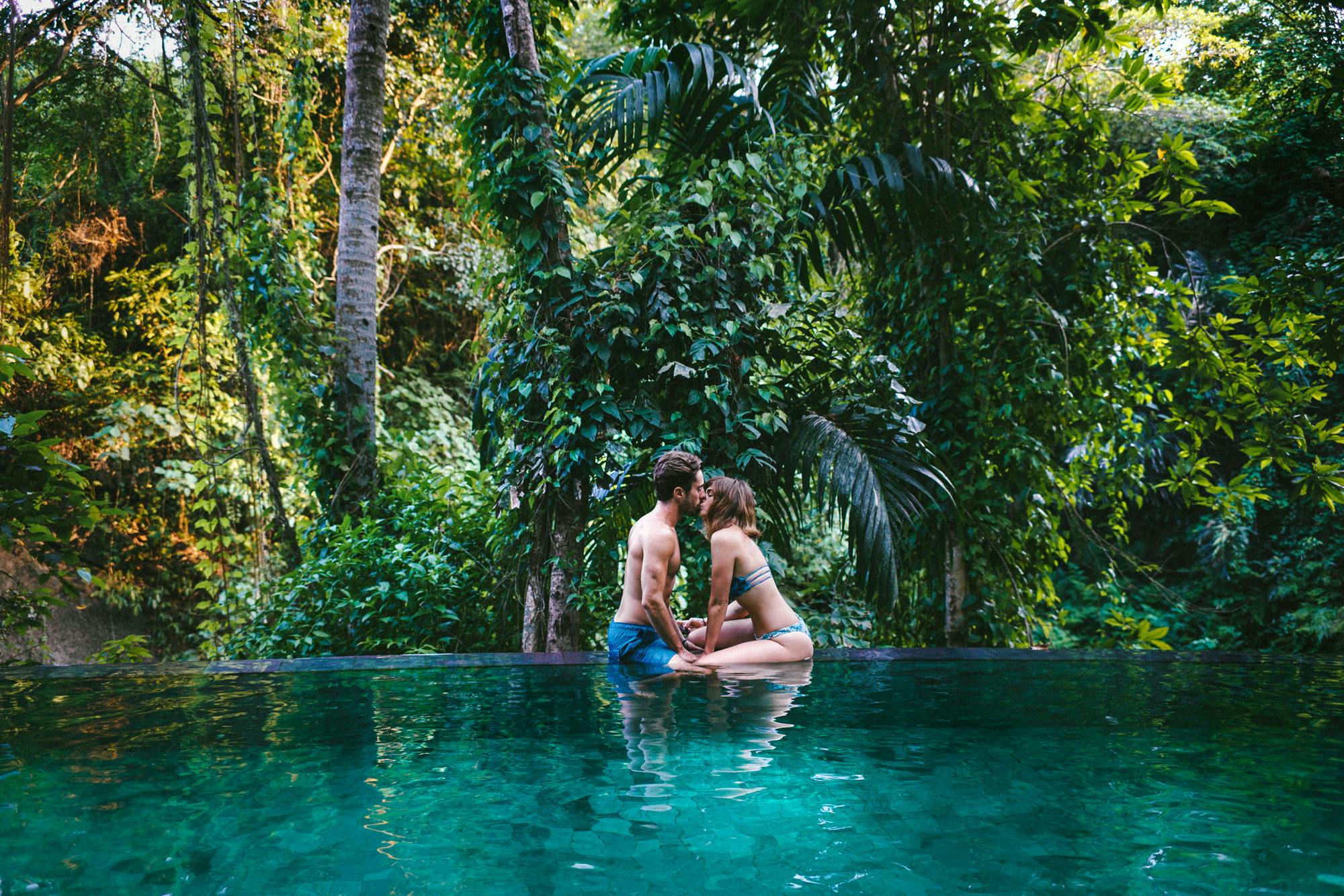Koh Mak Travel Guide: Where to Stay, Eat, and Explore on Thailand's Most Authentic Island
Koh Mak remains one of Thailand’s most quietly beautiful islands, a rare escape that has resisted mass tourism while still offering the comforts and conveniences travelers crave. Situated between Koh Chang and Koh Kood in the eastern Gulf of Thailand, this privately owned island spans only 16 square kilometers, yet it captures the essence of slow island life better than anywhere else in the region.
Unlike more commercial islands such as Phuket or Koh Samui, Koh Mak feels intimate, personal, and almost secret. There are no high-rise resorts, minimal nightlife, and no 7-Eleven on every corner. What you will find instead are pristine beaches, locally owned resorts, and an atmosphere that invites stillness.

How to Get to Koh Mak
Reaching Koh Mak requires a bit of planning, but that effort is precisely what keeps the island so peaceful. Breaking down the transit chain into manageable steps can make the journey smoother and less stressful. Most travelers follow a three-part route: overland travel to Trat, a transfer to Laem Ngop or Laem Sok Pier, and finally the ferry to Koh Mak.
- From Bangkok:
The most affordable route is to take a bus or minivan from the Ekkamai or Mo Chit terminals to Trat. From there, a shared taxi or songthaew connects to the pier. The full journey takes roughly seven hours in total and is far cheaper than flying. - Planning and Booking in Advance:
Booking each leg in advance can eliminate the stress of buying tickets at local counters, where options vary and language barriers can be intimidating. Using platforms like SiamTickets allows travelers to compare bus, minivan, and ferry operators, see schedules, and identify the most economical and convenient transfers. Having tickets in hand before leaving Bangkok ensures a smoother journey and avoids last-minute confusion or inflated prices. - From Trat:
Songthaews and taxis connect easily from the bus station to the pier. Speedboats depart multiple times daily, taking around 45 minutes to reach Koh Mak. One-way fares usually range between 500 and 600 THB, depending on the season. - By Air:
Bangkok Airways operates daily flights between Bangkok and Trat. From the airport, prearranged transfers or shared taxis transport travelers directly to the piers for ferry connections. - Timing Considerations:
During the monsoon season (May to October), boat schedules may be reduced, and choppy seas can occasionally delay crossings. Confirm schedules a day or two in advance to avoid disruption.
Where to Stay on Koh Mak

Accommodation on Koh Mak caters to every kind of traveler - from backpackers chasing solitude to couples looking for discreet, beachfront luxury. The island’s small scale keeps it intimate; there are no towering resorts or nightlife hubs, just quiet stretches of sand and locally owned properties that blend comfort with character.
Budget Options (600–1,200 THB per night):
Budget travelers will find plenty of charming bungalows and guesthouses near Ao Kao Beach and Ao Nid Pier. Most are family-run, offering wooden interiors, open-air showers, and gardens that lead straight to the beach.
- Koh Mak Cococape Resort – Affordable beachfront bungalows with ocean access, snorkel gear, and sunset decks.
- Ao Kao White Sand Beach Resort – A great-value option with tidy fan rooms, a relaxed beachfront bar, and kayak rentals.
- Holiday Beach Resort – Simple and quiet, set along a calm stretch of beach with a friendly, community feel.
- Baan TaLay Hostel – Budget-friendly boutique vibe with a small pool, scooter rentals, and a cozy social atmosphere.
Expect:
- Wooden bungalows or fan rooms with mosquito nets
- Shared or private bathrooms, depending on price
- Free Wi-Fi and communal areas
- Easy access to cafés and local eateries
Mid-Range Resorts (1,500–3,000 THB per night)
Mid-range resorts strike a balance between comfort and authenticity. Many feature air-conditioned rooms, small pools, and beachfront restaurants, perfect for couples, families, or remote workers wanting calm surroundings and reliable amenities.
- Sea Breeze Koh Mak – Spacious sea-view rooms with a pool and easy beach access; known for its friendly service.
- Maka Thanee Resort – Conveniently located near the pier, featuring a beachfront pool, restaurant, and dive center.
- Islanda Resort Hotel – A quiet escape with garden villas and a relaxed, stylish atmosphere; ideal for long stays.
- Lazy Day The Resort – Set along Ao Kao Beach with modern bungalows, hammocks, and a focus on eco-conscious design.
Expect:
- Air-conditioned rooms or villas
- On-site dining and beach bars
- Pool access and scooter rentals
- Wi-Fi suitable for remote work
Luxury & Boutique Resorts (3,500–8,000 THB per night)
Luxury on Koh Mak is subtle - focused on sustainability, privacy, and style rather than excess. Most high-end properties are boutique in scale, emphasizing design, sea views, and connection to the island’s slower rhythm.
- Seavana Beach Resort Koh Mak – Spacious beachfront villas with infinity pools, a private beach, and romantic dining setups.
- Plub Pla Koh Mak Retreat – Chic minimalist design with a strong eco ethos, spa services, and panoramic views.
- Good Time Sports Resort – A blend of wellness and activity, featuring yoga spaces, a saltwater pool, and fitness programs.
- Hidden Beach Resort Koh Mak – Secluded boutique stay with modern villas, infinity pools, and excellent snorkeling nearby.
Expect:
- Private villas or suites with sea views
- Infinity pools, spa treatments, and curated dining
- Eco-friendly initiatives and low-density layouts
- Excellent service and local ownership
Tips for Choosing Accommodation:
- Book early if visiting between December and March, as availability is limited.
- Many properties operate on eco-friendly power systems, meaning electricity might be available only at certain hours in smaller resorts.
- Wi-Fi is generally reliable but slower than in mainland Thailand; consider downloading work or entertainment offline.
- Transport note: Koh Mak has no ATMs - bring cash for smaller establishments, though most mid-range and luxury resorts accept credit cards.
Best Time to Visit
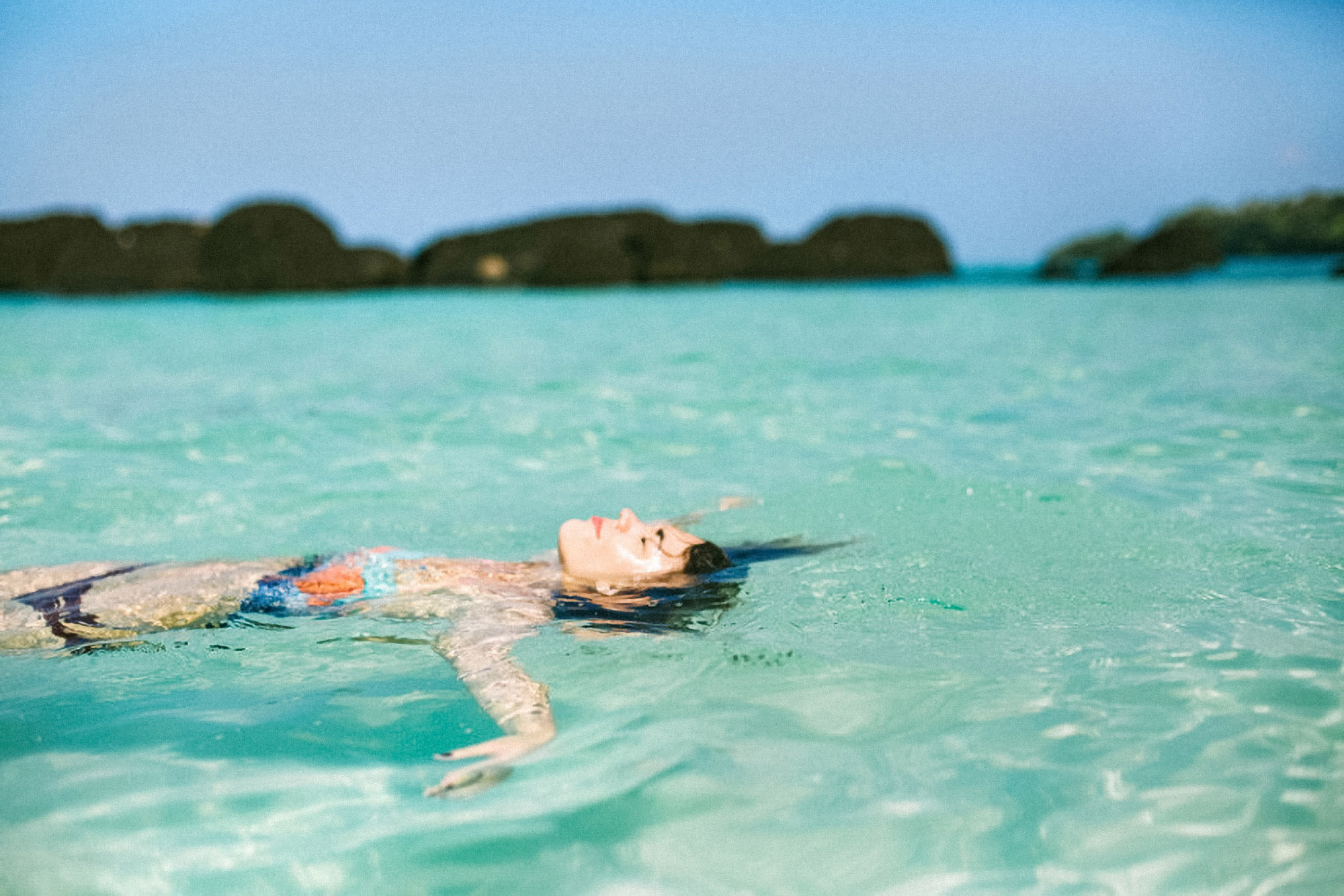
Koh Mak experiences two primary seasons.
- Dry Season (November to April):
This is the ideal time to visit. Skies are clear, the sea is calm, and temperatures average 28–30°C. - Rainy Season (May to October):
Lush landscapes return, prices drop, and crowds thin dramatically. While some resorts close temporarily, those that remain open offer excellent discounts. For travelers who prefer quiet and don’t mind occasional rain, this season can be ideal.
Getting Around the Island
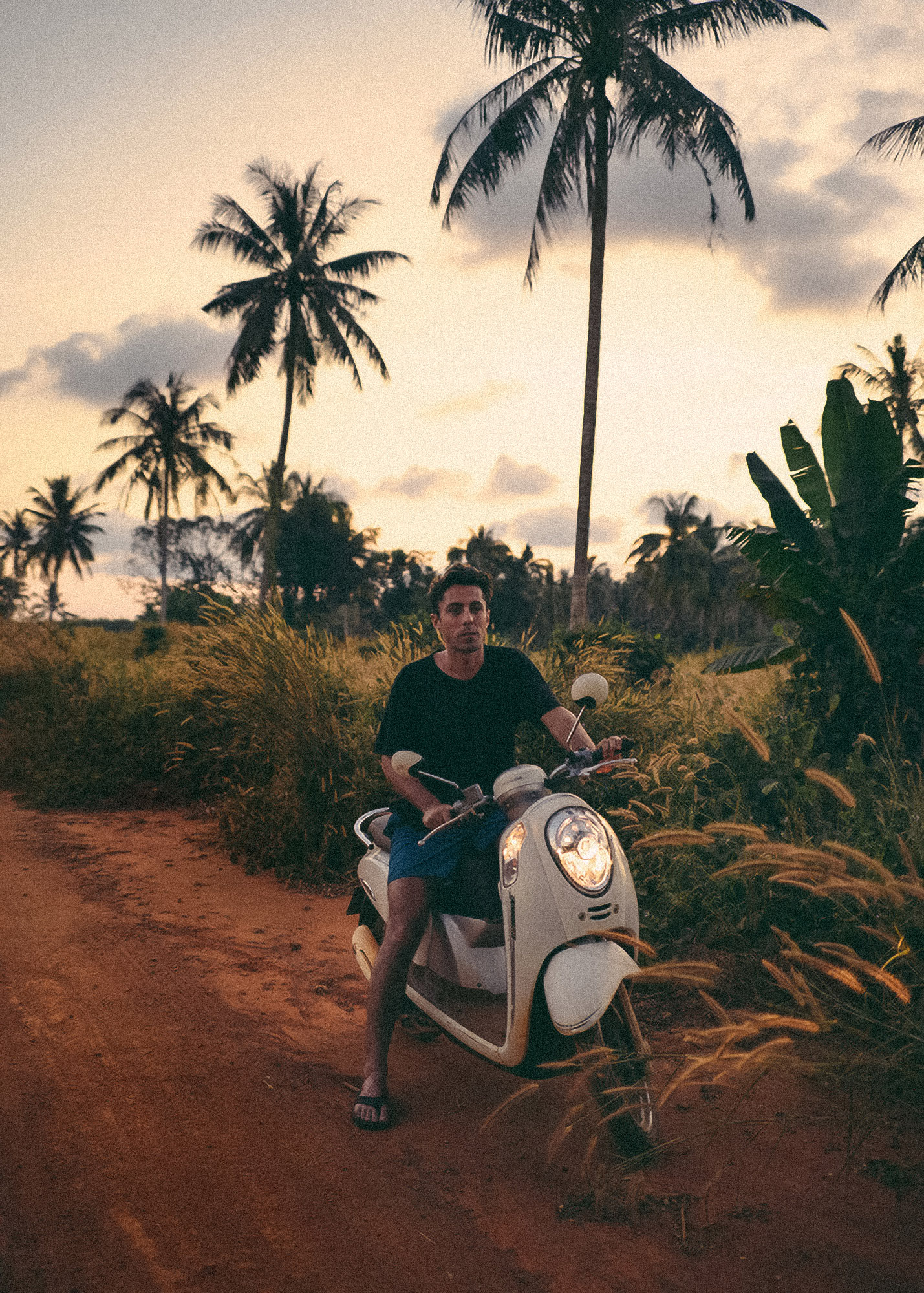
Koh Mak’s small size makes it easy to navigate without taxis or tour operators.
- Bicycle Rental: Around 100–150 THB per day, perfect for exploring flat coastal roads.
- Motorbike Rental: Roughly 250–300 THB per day; ideal for reaching viewpoints and distant beaches.
- Walking: Many resorts are within walking distance of restaurants and beaches, particularly around Ao Kao.
There are no public taxis or ride-hailing services, so plan your movement around self-transport.
Beaches of Koh Mak
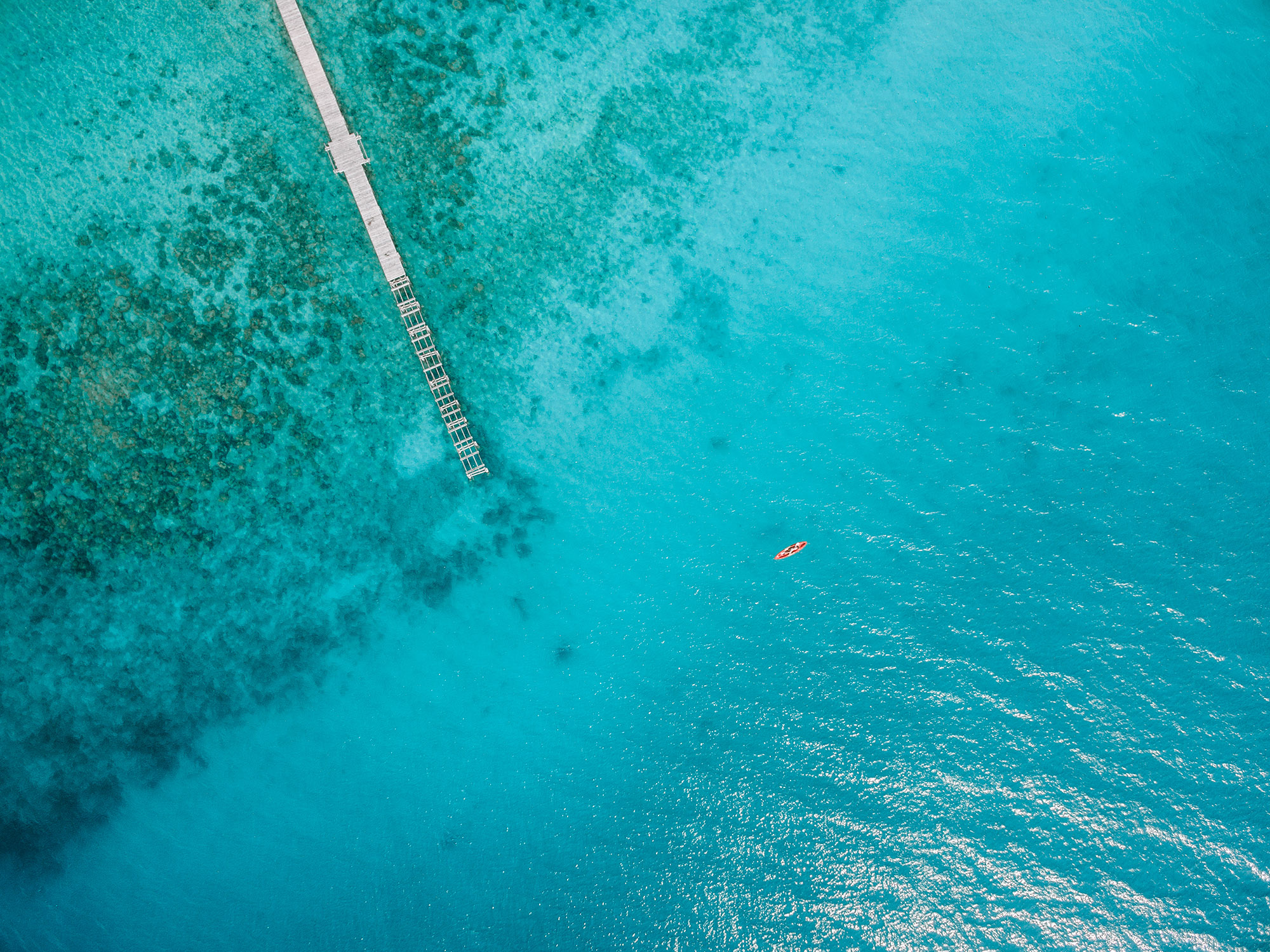
Each beach has its own rhythm and character, offering different experiences depending on what you seek.
- Ao Kao Beach:
The island’s most developed area, lined with resorts, cafés, and water-sports centers. Still quiet by Thai standards, but lively enough for sunset cocktails. - Ao Suan Yai Beach:
Long, scenic, and ideal for swimming. Several mid-range resorts face this bay, with calm water and views toward Koh Kham. - Ao Nid Pier Area:
More local and less tourist-oriented, perfect for those who want to observe daily island life. - Laem Tukata Viewpoint:
Offers one of the island’s best sunset vistas, accessible by bicycle or motorbike.
Where to Eat and Drink
Koh Mak’s food scene remains authentic and modest, emphasizing local ingredients and traditional Thai home cooking. From small roadside stalls to boutique beachfront restaurants, the island offers options for every palate and budget.
Budget Eateries:
Roadside shops and family-run restaurants serve stir-fries, noodle soups, and curries for 80–120 THB, often prepared fresh in open-air kitchens.
Recommended spots:
- Pimjai Restaurant (Ao Kao Beach area) – Famous with locals for stir-fries and noodle dishes; meals rarely exceed 100 THB.
- Holiday Beach Café & Eatery – Simple Thai meals with a cozy beachfront vibe; perfect for breakfast or lunch.
- Bamboo Kitchen – Fan-favorite for Pad Kra Pao and freshly prepared noodle soups, tucked away along the main coastal road.
Fresh coconuts, fruit shakes, and sticky rice snacks are widely available at small stands along the roads, making them ideal for light, inexpensive meals or on-the-go snacks.
Mid-Range Dining:
Smaller beachfront resorts and cafés provide a relaxed atmosphere, grilled seafood, Thai-fusion dishes, and cocktails. Meals typically range between 250–400 THB per person.
Recommended spots:
- Sea Breeze Restaurant (Ao Kao Beach) – Offers grilled seafood, Thai curries, and sunset views, ideal for casual dinners.
- Lazy Day The Resort Café – Open-air dining with both Thai and Western dishes; known for fresh seafood and smoothies.
- Islanda Resort Restaurant – Mid-range dining with a mix of Thai specialties and light fusion cuisine; excellent for couples or small groups.
Upscale Restaurants:
A few boutique resorts host refined dining experiences with curated menus, imported wines, and thoughtfully plated dishes. Prices are similar to Bangkok mid-tier restaurants, but the setting is far more serene.
Recommended spots:
- Plub Pla Koh Mak Retreat Restaurant – Upscale, modern Thai dishes with a focus on local ingredients and a minimalist beachfront setting.
- Hidden Beach Resort Dining – Offers private dinners on the sand and seasonal seafood tasting menus.
- Good Time Sports Resort Restaurant – Combines wellness-focused menus with gourmet presentation, ideal for a special evening.
Tips for Eating on Koh Mak:
- Choose local inland restaurants instead of beachfront ones for cheaper and more authentic meals.
- Ask for the Thai menu; prices are often lower and dishes are more traditional.
- Many restaurants close by 9 PM, so plan dinners accordingly, especially if staying in quieter areas.
- Take advantage of fresh produce from morning markets or small fruit stands to prepare your own light meals if accommodations allow.
What to Do on Koh Mak
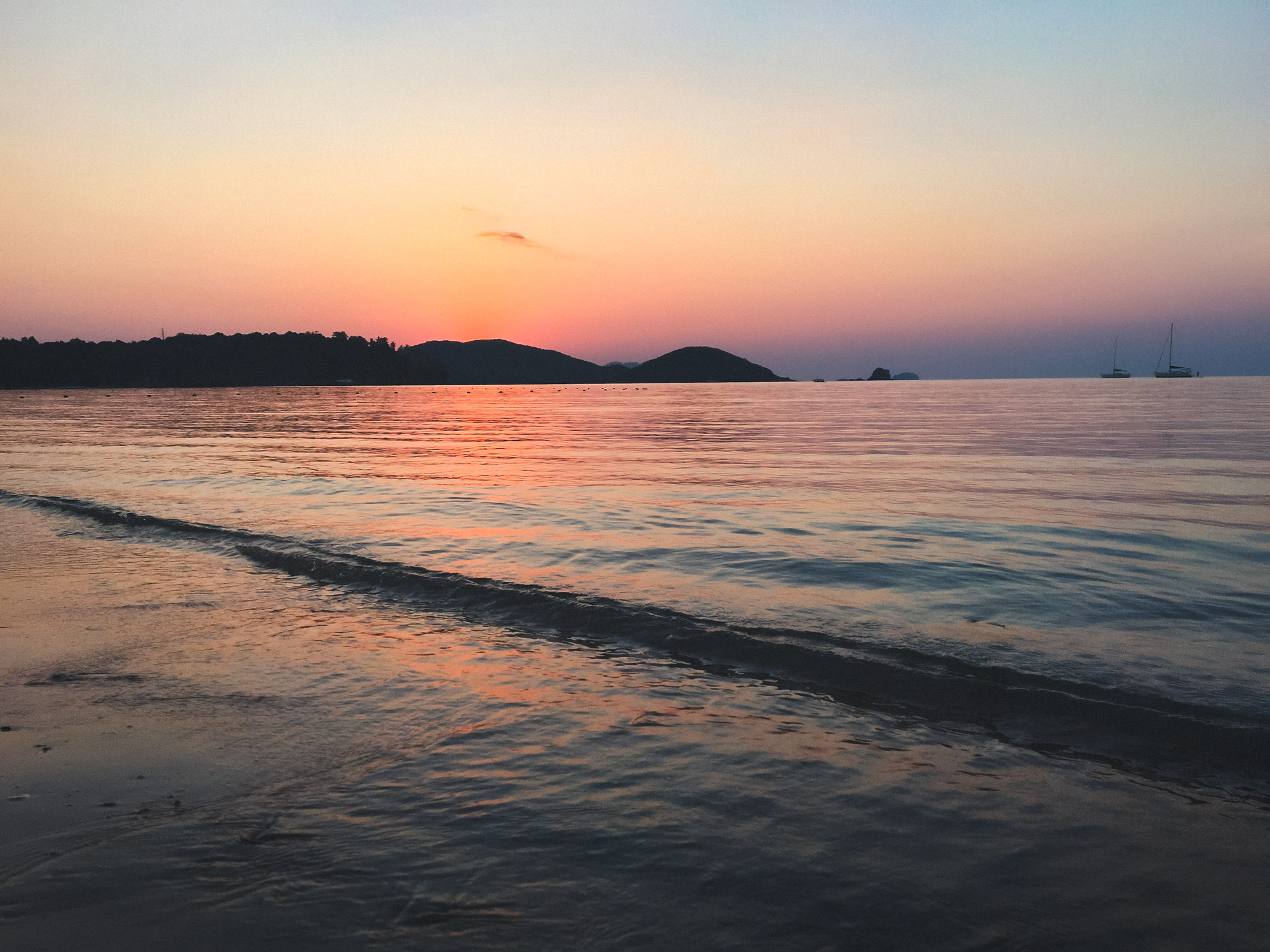
Despite its size, Koh Mak offers plenty to fill your days — without needing crowds or chaos.
- Kayaking and Paddleboarding:
Rentals are available at most beaches for 300–500 THB per day. Paddle to Koh Rayang Nai or Koh Kradat for a quiet half-day adventure. - Cycling Through Rubber Plantations:
One of the island’s highlights. Shady, tranquil, and scenic routes lead through palm groves and small villages. - Snorkeling and Diving:
Coral reefs lie close to shore, particularly near Ao Kao and Koh Rayang. Dive schools on neighboring Koh Chang and Koh Kood also offer day trips to Koh Mak’s reefs. - The Kingdom of Somchai’s Affection:
A whimsical outdoor sculpture garden blending art and island eccentricity — free to visit, and one of the island’s quirkiest spots. - Yoga and Wellness:
Several boutique resorts host seasonal yoga retreats and holistic programs focused on mindfulness and slow travel.
Money, Connectivity, and Practical Tips
- Cash:
Cash remains essential. ATMs exist but may run empty during high season. Withdraw before boarding the boat from Trat. - Connectivity:
SIM cards from AIS or True provide solid coverage, though 5G signals are limited. Many cafés offer free Wi-Fi. - Health & Safety:
Koh Mak is one of Thailand’s safest islands, though mosquito repellent is essential at dusk.
Bring basic medicine — pharmacies are limited. - Sustainability:
The island takes pride in its eco-friendly initiatives. Waste is sorted, and many resorts ban plastic bottles. Carry a reusable water bottle, avoid littering, and support local-run accommodations when possible.
Island Hopping From Koh Mak
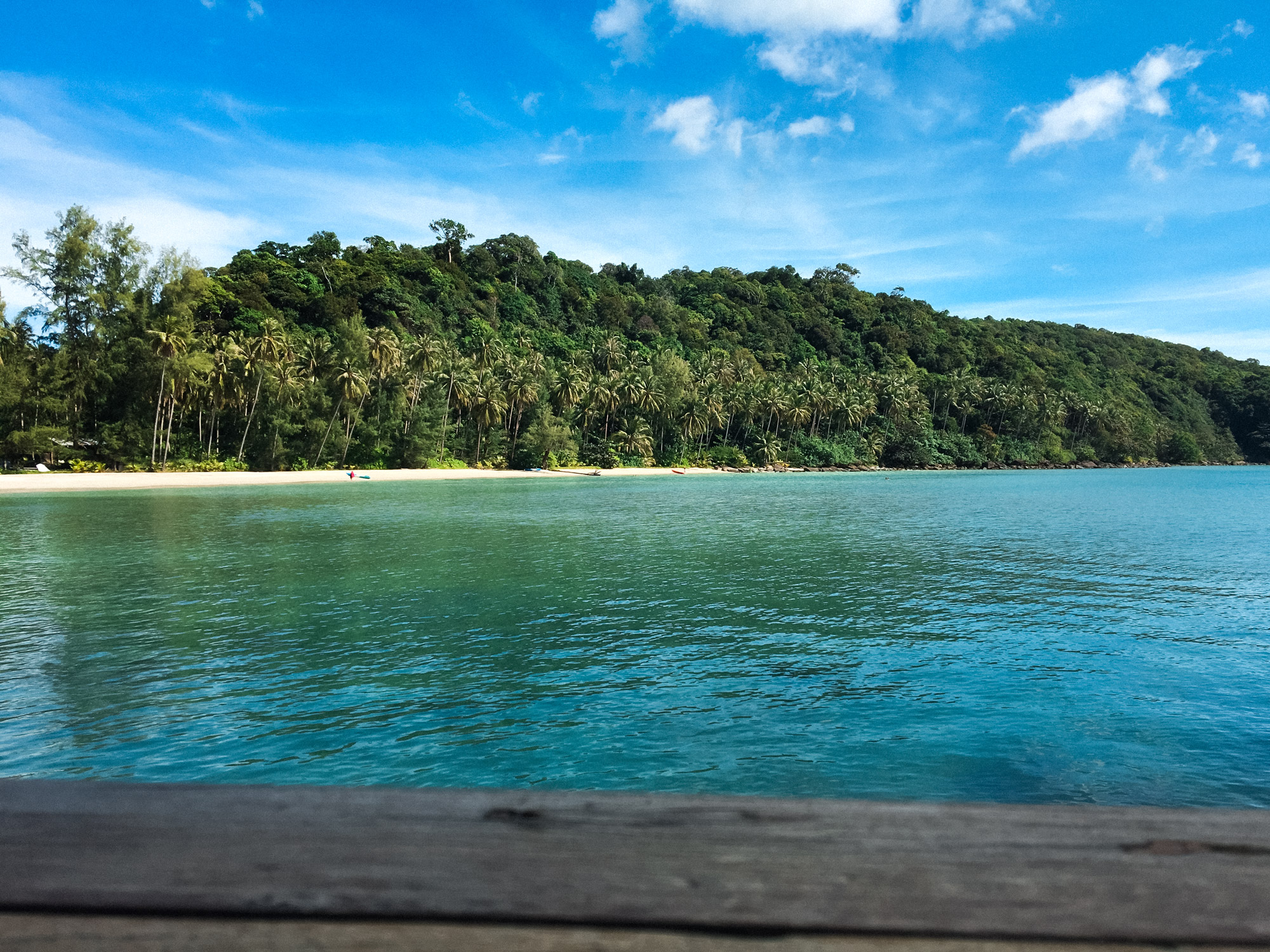
Koh Mak serves as an excellent midpoint for exploring the Trat archipelago.
- Koh Kood: Reachable in about 30 minutes by speedboat; perfect for a day trip or overnight stay.
- Koh Chang: Larger and more developed, offering waterfalls, nightlife, and hiking. Ferries connect the islands year-round.
- Koh Kradat: Known for its deer population and shallow coral reefs, accessible by kayak or small boat.
Combined itineraries between these islands make for a balanced Thailand island-hopping trip, mixing activity and tranquility.
Koh Mak sits quietly between luxury and simplicity, between isolation and accessibility. Its beaches are unsullied, its community friendly, and its rhythm unhurried. Whether staying in a palm-roof bungalow or a design-forward beachfront villa, travelers leave Koh Mak with the same feeling — that they have discovered something rare in Thailand: an island that still feels like an island.
Like this post? Pin it for later and share it with others!

xx



